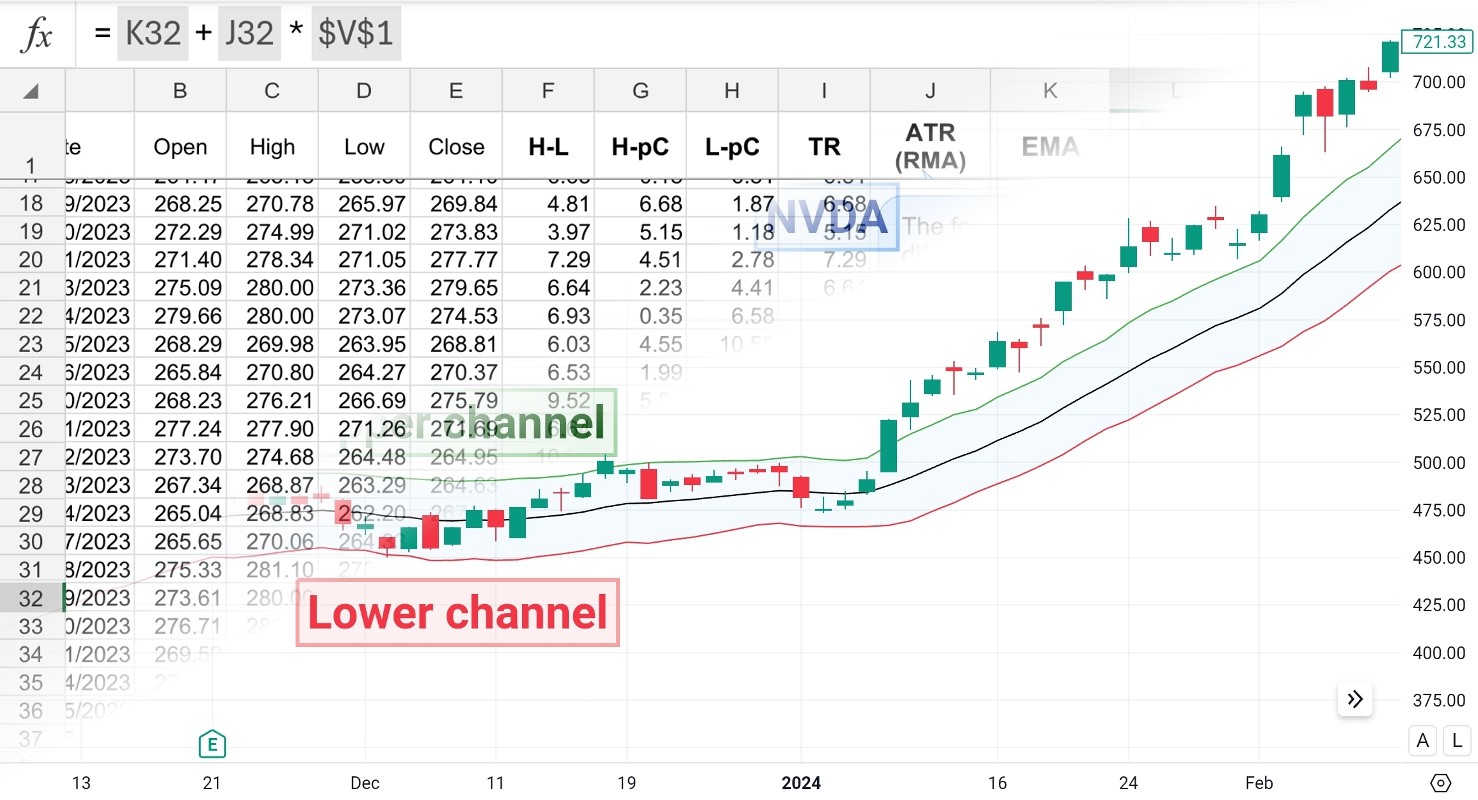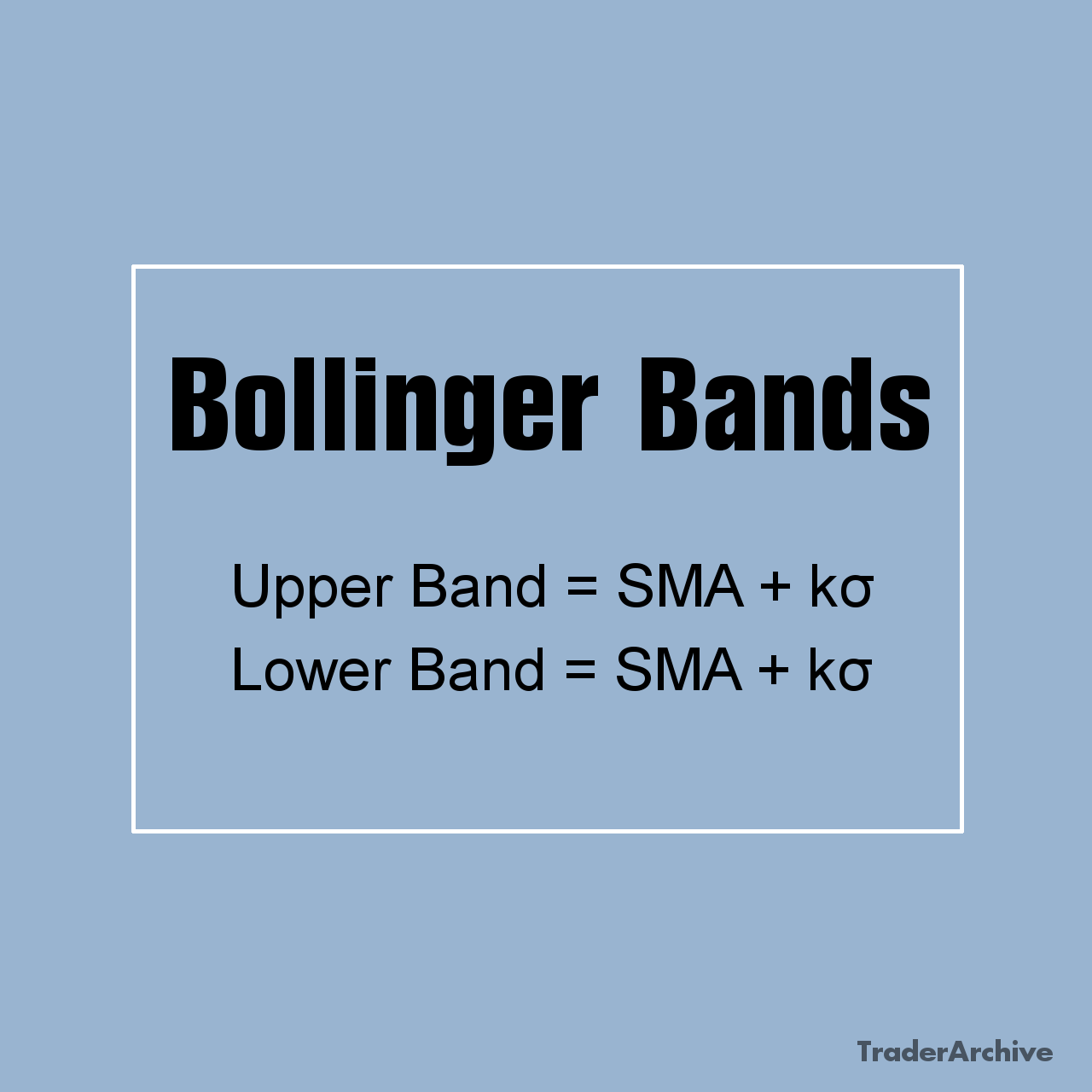Equity-linked notes represent a hybrid financial instrument that combines features of both fixed-income securities and equities. These instruments offer investors the opportunity to gain exposure to the performance of an underlying equity while providing a level of principal protection or income generation. Here we cover the nuances of equity-linked notes, encompassing their definition, mechanics, risk factors, potential returns, as well as practical examples and considerations for investors.
Definition
Equity-linked notes are structured investment products that combine features of traditional bonds and equities. Essentially, an equity-linked note is a debt instrument issued by a financial institution, such as a bank or investment firm, which promises to repay the principal amount at maturity, along with potential returns linked to the performance of an underlying equity or basket of equities.
Equity-linked notes consist of two main components: a bond component and an embedded derivative. The bond component provides investors with fixed-income characteristics, such as periodic coupon payments and a principal amount at maturity. The embedded derivative, usually in the form of options, determines the note’s payoff based on the performance of the underlying equity.

Free Backtesting Spreadsheet
Mechanics of Equity-Linked Notes
The mechanics of equity-linked notes revolve around the linkage between the performance of the underlying asset and the returns for the investor. Typically, equity-linked notes have a fixed maturity date, during which investors receive their principal investment back. However, the returns on equity-linked notes are not fixed; they are contingent upon the performance of the underlying asset.
Equity-linked notes can be structured in various ways, but one common approach is the participation rate method. In this method, the investor receives a predetermined percentage of the appreciation of the underlying asset. For instance, if the equity-linked note has a participation rate of 80% and the underlying asset appreciates by 10% over the investment period, the investor would receive a return of 8%.
Another method involves a barrier or cap, which limits the maximum return the investor can earn. If the underlying asset’s performance exceeds this cap, the investor’s return remains capped at the predetermined level.
Furthermore, equity-linked notes may incorporate protection features to mitigate downside risk. These features can include a buffer or floor, which offers some degree of protection to investors in case the underlying asset depreciates. If the value of the underlying asset falls below this buffer or floor, the investor may still receive their principal investment back at maturity, albeit potentially reduced by the extent of the depreciation.
Where to Buy Equity-Linked Notes
Equity-linked notes are not exchange-traded products like stocks. Instead, they are issued by financial institutions and sold through investment advisors or brokerage firms. Equity-linked notes are typically offered by financial institutions such as banks, investment banks, or brokerage firms. These institutions issue equity-linked notes and sell them to investors through various channels, including private banking, wealth management divisions, and brokerage platforms.
Investors interested in purchasing equity-linked notes should consult with their financial advisors or brokers to understand the terms, risks, and potential returns associated with these instruments. Due diligence is crucial, as this instrument can be complex and may not be suitable for all investors.
Examples of Equity-Linked Notes
To better understand how equity-linked notes work in practice, let’s consider a hypothetical example:
Example 1: Suppose XYZ Bank issues an equity-linked note (ELN) linked to the performance of Company ABC’s stock. The ELN has a participation rate of 90% and a maturity of three years. If, at the end of the investment period, the stock price of Company ABC has appreciated by 15%, the investor would receive a return of 13.5% (90% of 15%).
Conversely, if the stock price of Company ABC depreciates by 10% over the three-year period, but the ELN incorporates a buffer of 5%, the investor would still receive their principal investment back at maturity, albeit reduced by 5%.
Example 2: Consider an ELN linked to the performance of a stock index, such as the S&P 500. The ELN has a participation rate of 80%, a cap of 12%, and a maturity of five years. If, over the investment period, the S&P 500 index appreciates by 15%, the investor’s return would be capped at 12% due to the predetermined cap.
On the other hand, if the S&P 500 index depreciates by 10% over the five-year period, but the ELN incorporates a buffer of 15%, the investor would still receive their principal investment back at maturity, as the depreciation does not breach the buffer level.
Considerations for Investors
Before investing in equity-linked notes, investors should carefully evaluate several factors to determine suitability and mitigate risks:
- Underlying Asset: Assess the performance and volatility of the underlying asset. Understand the factors that may influence its price movements over the investment period.
- Structure: Evaluate the structure of the equity-linked note, including participation rates, caps, floors, and buffers. Consider how these features may impact potential returns and downside protection.
- Maturity: Consider the investment horizon and whether the maturity of the ELN aligns with your financial goals and risk tolerance.
- Credit Risk: ELNs are typically issued by financial institutions, so assess the creditworthiness of the issuer. Higher credit risk may necessitate higher returns to compensate for the risk of default.
- Liquidity: ELNs may lack liquidity since they are not listed on exchanges. Consider the ease of buying or selling the ELN before investing.
- Costs and Fees: Understand any fees associated with purchasing, holding, or redeeming the ELN. These costs can impact overall returns.
- Tax Implications: Consult with tax advisors to understand the tax treatment of ELN returns, which may vary depending on factors such as jurisdiction and investor status.
Final Thoughts
Equity-linked notes present investors with a distinctive avenue for diversification, positioning themselves as alternative investments offering exposure to underlying assets’ performance, blending attributes of both fixed-income securities and equities. However, equity-linked notes can be complex instruments that require careful consideration of their structure, risks, and potential returns. By understanding the mechanics of equity-linked notes and conducting thorough due diligence, investors can make informed decisions about incorporating these instruments into their investment portfolios.
Share on Social Media:










